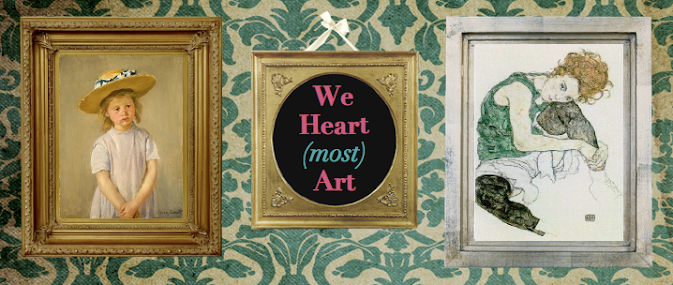Look at this everyday scene of a typical 16th century Netherlandish town:

Children are playing on the frozen canal:
 People are standing in line outside of a tavern while the village butcher is prepping for dinner:
People are standing in line outside of a tavern while the village butcher is prepping for dinner:
Joseph is leading the Virgin Mary through the crowd to report for the census:
No, your eyes aren't playing tricks on you, that's THE Joseph and THE Mary. And there is a really good reason why they are hanging out in the freezing cold with a bunch of Dutch people and not in Judea.
Pieter Bruegel the Elder painted Census at Bethlehem at a pivotal and dramatic point in Dutch history. The Netherlands was at war and the art world, which had flourished in Northern Europe during recent decades of prosperity, was ripping in two. Catholic painters fled south to Spanish Flanders as protestants lashed out at one of the Catholic Church's most important teaching and veneration tools--the image.
Pieter Bruegel the Elder painted Census at Bethlehem at a pivotal and dramatic point in Dutch history. The Netherlands was at war and the art world, which had flourished in Northern Europe during recent decades of prosperity, was ripping in two. Catholic painters fled south to Spanish Flanders as protestants lashed out at one of the Catholic Church's most important teaching and veneration tools--the image.
In 1566, torch bearing bands of Calvinists went from town to town in the young Dutch Republic, burning churches, destroying icons and altarpieces and defacing statues of God, Mary and the Saints. When the anger and embers cooled a few weeks later, countless precious works of art had been destroyed and remaining Catholic artists were in hiding. Facing inquest, financial ruin and violence, artists were forced to choose-- either find new inspiration or find a creative way to mask it. But, as protestant influence grew stronger, critics grew bolder and more creative.
Peter Bruegel, a Catholic, was one of these critics. The possiblity of backlash was real even for him, an artist living in the relative safety of Flemish Antwerp. In fact, the threat was so real that he ordered his wife to destroy several paintings as he lay on his death bed, fearing their discovery would result in her persecution.
Bruegel masterfully hid both religious figures and political criticism in plain sight. (His work The Beekeepers is an excellent example this.) A protestant inquisitor would simply overlook the pretty young woman dressed in blue riding on a donkey. But a Catholic, aware of heightened ridicule of religious icons, would see the Virgin Mary there as clear as day.
Look again. Do you see her now?
 Census at Bethlehem by Pieter Bruegel the Elder c. 1566
Census at Bethlehem by Pieter Bruegel the Elder c. 1566
Museum voor Oude Kunst, Brussels
+Art,+Straight.png)




No comments:
Post a Comment